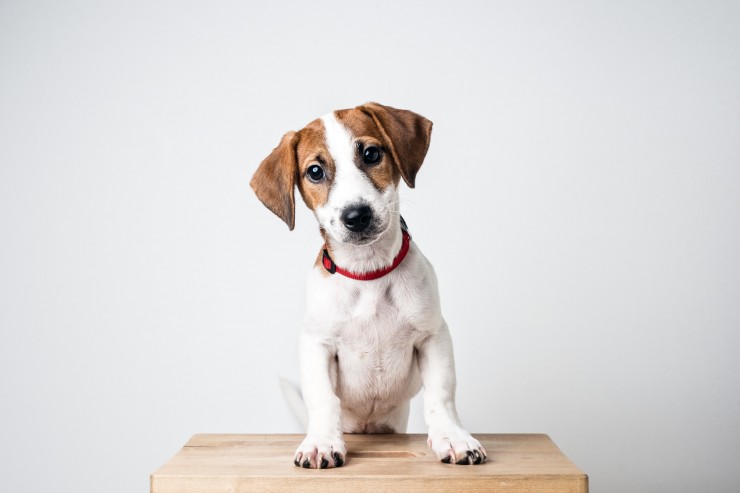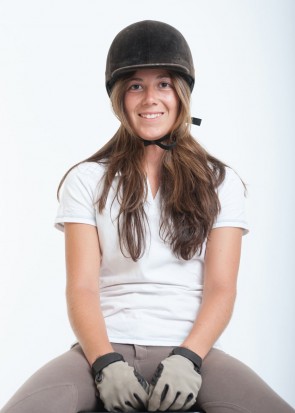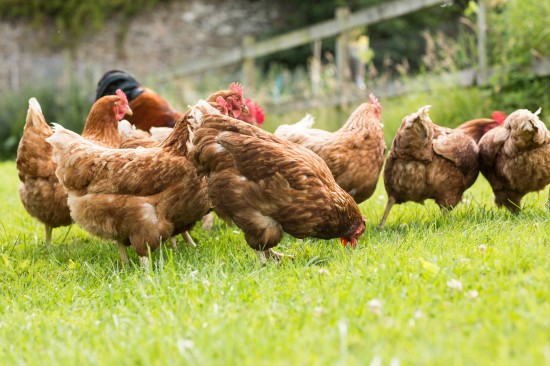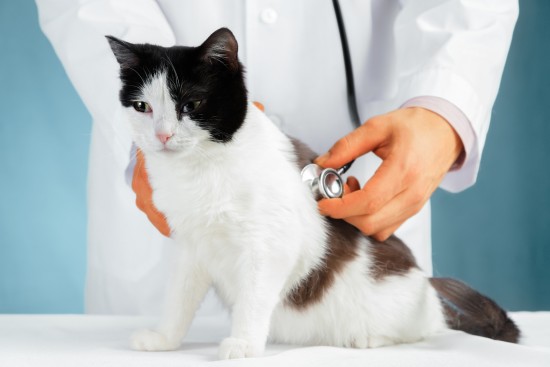
When fitting any kind of horse equipment, it is important that you are aware of the ideal or "norm" settings for that piece of tack.
With lunging equipment in particular, having a good idea of fit is important as often people only have access to one set of equipment for several horses. This is not recommended on large yards, where skin conditions could potentially be passed between horses. Between one or two horses on a private yard this is less of an issue, as the likelihood is they will live quite closely together anyway. This is probably because in comparison with other horse equipment, the lunge roller and lunge cavesson are extremely adjustable, and can be made to fit a wide variety of horses.
When fitting lunging equipment, it is usually best to put the slip head on underneath the cavesson. The bit on the slip head should sit so that there is a slight wrinkle in the corners of the horse's mouth, and should you take a "contact" on the bit with your fingers, the cheek pieces should not bow out significantly. As for the lunge cavesson, the nose band should be two fingers width away from the bottom of the cheekbone on either side. This prevents rubbing against the cheekbone, but ensures it doesn't slide down and interfere with the horse's breathing. It should therefore be firmly fastened, but you should still just be able to slide two fingers in at the back and front of the noseband, as if it is too tight, you will inevitably cause the horse discomfort. Most lunge cavessons then have a second strap which sits just under the jaw, this should be done up quite firmly, as if it is too loose the cavesson will slip round whilst you are lunging.
The lunge roller is a fairly straightforward piece of lunging equipment, it sits just behind the wither where the front of the saddle would sit and a specially cut pad or normal saddlecloth can be placed under the roller for comfort. Try to get the girth of the lunge roller even on both sides. To avoid pinching, ideally it would do up halfway on each side.
It is possible to lunge in other items of the horse's equipment, for example a saddle and bridle, but it is important to secure the stirrups so that they don't bang against the horse's sides. Also, when lunging in a bridle, care must be taken over the intensity of the contact as the lunge line is directly to the horse's mouth and will be much more severe than a lunge cavesson. This may be a solution, however, for a strong or ignorant horse. It is best to discuss the implications with your regular trainer, and tailor your lunging equipment to your individual horse. The same goes for training aids and other horse equipment, as there are hundreds of variations, and each has a different mechanism and action. Try to find out how it works and discuss fitting with your trainer, or a specialist, for example in the tack shop where you purchased the item.
Finally, when fitting lunge equipment, don't forget that the quality of the material used will usually change the fit. For example, once broken in, leather lunge cavessons often develop a snug individual fit, which can help prevent chafing. Keep an open mind, however, as webbing or nylon can be just as good, depending on your requirements.
Whatever lunging equipment you choose, ensure it is right for your horse by giving it a full analysis of fit at halt and in motion. Get someone to check it over for you, even if you are experienced it can be beneficial to do so in case you have missed something. If you both are pleased with the fit, then you can begin your lunge work with the peace of mind that your horse is comfortable in his new equipment.
The Equine Store stocks many quality items for horse and rider, everything from leather boots to lunge equipment. Visit the shop at www.equine-store.com
 What Breed Of Terrier Is Right For You?
What Breed Of Ter
What Breed Of Terrier Is Right For You?
What Breed Of Ter
 Why Is It Important To Wear The Right Clothes For Horse Riding?
Why Is It Importa
Why Is It Important To Wear The Right Clothes For Horse Riding?
Why Is It Importa
 What Is Marek’s Disease & How Does It Affect Chickens?
What Is Marek’s D
What Is Marek’s Disease & How Does It Affect Chickens?
What Is Marek’s D
 Feline Coronavirus - Coronavirus In Cats
Feline Coronaviru
Feline Coronavirus - Coronavirus In Cats
Feline Coronaviru
 Things You Need To Know Before Building a Custom Made Chicken Coop
Things You Need To Know Before Building a Custom Made Chic
Things You Need To Know Before Building a Custom Made Chicken Coop
Things You Need To Know Before Building a Custom Made Chic
Copyright © 2005-2016 Pet Information All Rights Reserved
Contact us: www162date@outlook.com